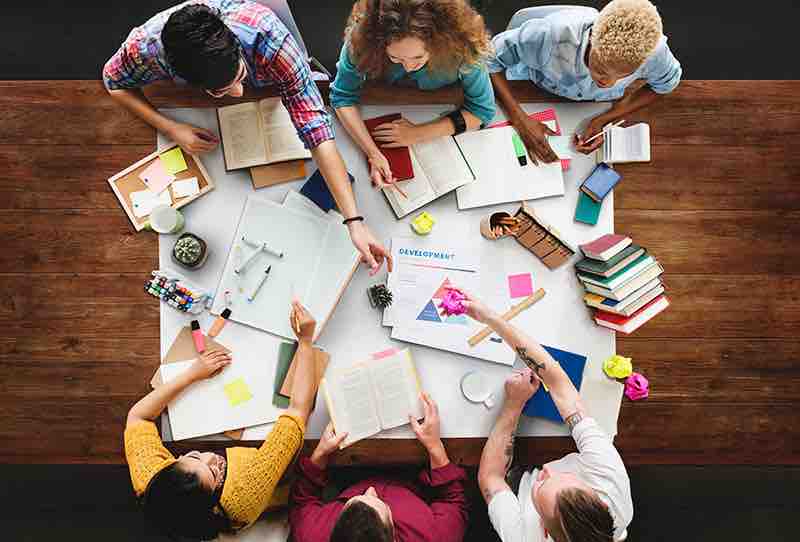The Structure of Project-Based Learning (PBL)

Project-based learning (PBL) is an educational approach that organizes learning around projects. Here is a general structure commonly used in PBL:
- Starting with a Question or Challenge: PBL often begins with a driving question or challenge that is engaging and complex, often addressing real-world problems. This question should be open-ended and allow for deep exploration.
- Planning and Research: Students plan their approach and conduct research. This stage encourages critical thinking and problem-solving skills, as students must decide what information they need and where to find it.
- Hands-On Activities: Students engage in hands-on activities to explore the question. This might involve experiments, building models, creating art, conducting surveys, or a range of other active learning methods.
- Collaboration: PBL usually involves collaboration, either within small groups or the class as a whole. This helps students develop teamwork and communication skills.
- Integration of Various Disciplines: PBL often integrates knowledge and skills from various disciplines. For example, a project on environmental sustainability might include aspects of science, social studies, math, and language arts.
- Reflection: Throughout the project, and especially at its conclusion, students reflect on what they have learned, the process they went through, and the effectiveness of their solutions or responses.
- Presentation or Sharing of Results: Students present their findings or products to an audience. This could be their classmates, teachers, or even a broader audience like community members. The presentation phase allows students to refine their communication skills and take pride in their accomplishments.
- Feedback and Assessment: Teachers provide feedback and assess both the final product and the learning process. This assessment can include the development of soft skills like teamwork and problem-solving, as well as the mastery of academic content.
- Iterative Learning: PBL often involves revising and iterating based on feedback. Students learn that revision and improvement are natural parts of the learning process.
This structure promotes a more active and engaged learning experience, fostering skills like critical thinking, collaboration, and problem-solving, which are valuable in both academic and real-world contexts.